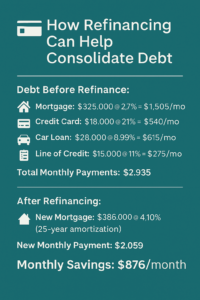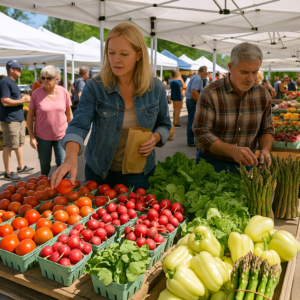
Overview:
With Ontario home values having appreciated significantly over the last decade—even amid recent market fluctuations—many homeowners have built up substantial equity without realizing its full potential. This week’s article encourages homeowners to take stock of their financial position and explore ways to leverage their equity wisely, whether it’s for debt consolidation, investment opportunities, or lifestyle enhancements.
Key Themes:
📈 What Is Home Equity?
Equity is the difference between your home’s market value and your outstanding mortgage balance. If your home is worth $750,000 and your mortgage balance is $350,000, you have $400,000 in equity.
🧮 Why a Mid-Year Equity Check Matters
Spring/summer is a great time to revisit your finances. A quick valuation of your home and a mortgage balance update could reveal options like:
-
Refinancing for major renovations
-
Consolidating high-interest debt (credit cards, lines of credit, etc.)
-
Helping children with education or a first home
-
Building or purchasing an investment property
💳 Real-Life Example: Debt Consolidation Using Equity
A couple with a home valued at $800,000 and a $420,000 mortgage refinanced to access $100,000 of equity. They used the funds to pay off $85,000 in credit cards, a car loan, and a high-interest line of credit—lowering their total monthly obligations by over $1,100. Yes, their rate went up slightly, but their monthly cash flow improved dramatically, easing financial stress.
🏡 Not Just About Borrowing More
Refinancing or using equity doesn’t always mean adding debt—it’s about re-aligning your finances to reflect your current priorities. With many lenders now offering 30-year amortizations and prepayment flexibility (e.g., 15% annual lump-sum without penalty), there’s more breathing room for families to build future wealth while managing current needs.
Are you using your home equity strategically—or is it just sitting idle? Let’s talk about your options. A simple conversation might uncover thousands in potential savings or investment capital you didn’t know you had.







